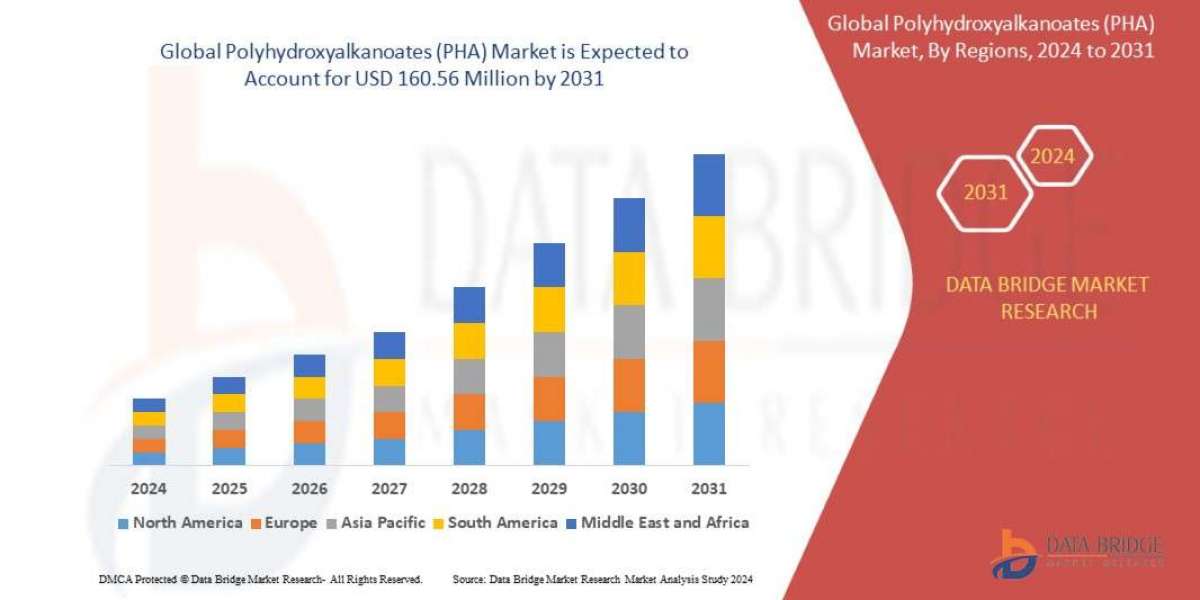The Phillips Curve is a fundamental concept in macroeconomics, illustrating the inverse relationship between inflation and unemployment. Understanding this curve is crucial for students and professionals alike, and seeking Macroeconomics homework help can provide deeper insights into its nuances. This blog will delve into the origins, interpretations, and implications of the Phillips Curve, offering a comprehensive view of how it fits into broader economic theory.
Origins and Development
The Phillips Curve was introduced by economist A.W. Phillips in 1958, based on empirical research that showed a negative correlation between unemployment rates and wage inflation in the United Kingdom. Phillips observed that when unemployment was low, wages tended to rise rapidly, and conversely, when unemployment was high, wage growth slowed down. This relationship suggested that policymakers could trade-off between inflation and unemployment, a concept that revolutionized economic policy-making in the mid-20th century.
Phillips’s initial work focused on wage inflation, but the concept was soon adapted to price inflation, which became the central focus in later economic analyses. The Phillips Curve became a cornerstone in Keynesian economics, which posited that managing aggregate demand could help control inflation and unemployment.
Theoretical Interpretations
In its simplest form, the Phillips Curve suggests that low unemployment rates lead to higher inflation and vice versa. This trade-off implies that policymakers face a dilemma: they can either pursue policies that reduce unemployment at the cost of higher inflation or vice versa.
However, the relationship is not as straightforward as it might seem. Several theoretical interpretations have emerged to refine our understanding of the Phillips Curve:
Short-Run vs. Long-Run Phillips Curve: In the short run, the Phillips Curve may show a clear trade-off between inflation and unemployment. However, in the long run, the relationship may break down due to factors like expectations and external shocks. Economists like Milton Friedman and Edmund Phelps argued that the Phillips Curve is vertical in the long run, implying that there is no trade-off between inflation and unemployment once expectations are adjusted.
Expectations-Augmented Phillips Curve: This extension of the original Phillips Curve incorporates expectations about future inflation. According to this model, if inflation expectations adjust upwards, the short-run trade-off between inflation and unemployment diminishes. This insight highlights the role of adaptive expectations and the need for monetary policy to manage expectations effectively.
New Keynesian Phillips Curve: This modern version of the Phillips Curve incorporates elements such as price stickiness and the role of firms in setting prices. It provides a more dynamic view of inflation and unemployment, considering factors like nominal rigidities and the influence of monetary policy on real economic variables.
Empirical Evidence and Challenges
The Phillips Curve has been subject to extensive empirical testing and scrutiny. During the 1970s, the curve faced challenges as the world experienced stagflation—a period of high inflation and high unemployment—contradicting the Phillips Curve’s predictions. This led to the development of new models and theories, such as the Rational Expectations Hypothesis, which questioned the stability of the Phillips Curve relationship.
Despite these challenges, the Phillips Curve remains a valuable tool for understanding macroeconomic dynamics. It serves as a starting point for analyzing the impact of monetary and fiscal policies on inflation and unemployment. However, economists recognize that the relationship can be influenced by various factors, including global economic conditions, structural changes in the labor market, and shifts in aggregate supply.
Policy Implications
Understanding the Phillips Curve is essential for effective economic policymaking. Policymakers use the curve to assess the trade-offs between inflation and unemployment and to design policies that balance these competing objectives. For instance, central banks may adjust interest rates to manage inflation, while governments may implement fiscal policies to stimulate employment.
However, the Phillips Curve should not be viewed in isolation. Policymakers must consider other economic indicators and factors, such as global economic trends, financial markets, and fiscal policies. Relying solely on the Phillips Curve may lead to suboptimal outcomes, especially in times of economic uncertainty or structural changes.
The Role of Macroeconomics Homework Help
For students grappling with the complexities of the Phillips Curve, Macroeconomics homework help can provide valuable support. Understanding the intricacies of economic models, empirical evidence, and policy implications requires a solid grasp of theoretical concepts and analytical skills. Seeking expert assistance can enhance comprehension and provide practical insights into how the Phillips Curve fits within the broader macroeconomic framework.
By leveraging Macroeconomics homework help, students can gain a deeper understanding of how the Phillips Curve interacts with other economic variables and theories. This support can be instrumental in developing a well-rounded perspective on macroeconomic policy and its impact on real-world economic conditions.
Conclusion
The Phillips Curve remains a central concept in macroeconomics, offering insights into the relationship between inflation and unemployment. Its development, theoretical interpretations, and empirical challenges provide a rich field of study for economists and students alike. Understanding the Phillips Curve and its implications is essential for effective economic policymaking and analysis.
For those seeking to master the complexities of this and other macroeconomic concepts, Macroeconomics homework help can be a valuable resource. Whether for academic purposes or professional development, gaining a thorough understanding of the Phillips Curve and its role in economic theory is crucial for navigating the dynamic landscape of modern economics.
source: https://www.economicshomeworkhelper.com/blog/the-phillips-curve/








